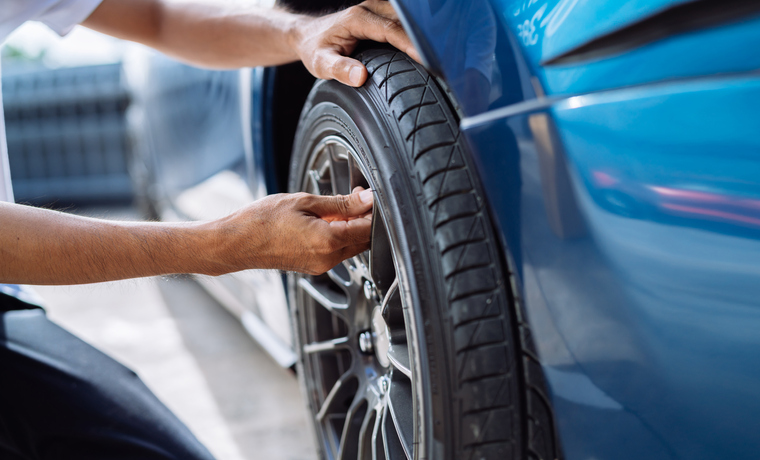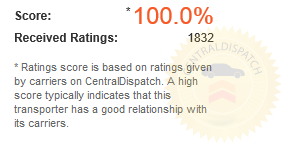Basic tire pressure info
What to know about tire pressure and cold weather
Final word

Basic tire pressure info
Tire pressure is much more important than it might sound. It can be the difference between driving safely to your destination, getting a flat on your way or worse, having a dangerous blow out. That is why your tires should always have the proper pressure. That does not just mean making sure the pressure is not too low. It means checking that the pressure is optimal or very close to it. Optimal tire pressure will mean not too little as well as not too much pressure. Believe it or not, too much pressure can be worse for your tires because it can make a blow out much more possible whereas low tire pressure will likely just lead to a regular flat tire.
In terms of optimal tire pressure, the exact PSI range that your tires should be at will depend on several things. This includes the type of tires that you are using, what the temperature is outside and what kind of surface you are driving on. In general, you should ensure that your tire pressure is always between thirty and forty PSI (pounds per square inch). However, in the winter you should consider having an additional three to five PSI of pressure in your tires. If you happen to be off-roading, you should consider driving with tires that have considerably reduced tire pressure. You can always find specifics regarding exact tire pressure in your car’s owner manual and/or by consulting your mechanic.
What to know about tire pressure and cold weather
On top of typically keeping optimal pressure in your tires over the winter when it is cold out, you should also know that your tires tend to lose a bit of pressure during the winter at a more rapid pace than they do during more temperate or warmer months. In fact, your tire’s pressure can drop one PSI for every ten degrees it drops.
However, you should not constantly refill your tires with air when it gets really cold out. This is because when the temperatures rise again the tire pressure will likely go back up a bit. If that happens and you added more air on top of it, the pressure in your tire could end up too high which, like we stated above, can make a blow out much more of a possibility which is extremely dangerous. Only add more air to your tires in the winter if they are significantly under thirty PSI of pressure.
Final word
Your tire’s pressure will definitely be something that you will need to keep your eye on on a regular basis. It is recommended that you check each of your tire’s pressure at least once each week. If your tires are below thirty PSI of pressure, you should add a bit of air. Low winter temperatures will drop your tire pressure’s PSI a bit. Be sure you never over-fill your tires with air because you will then be risking a potentially dangerous blowout.


